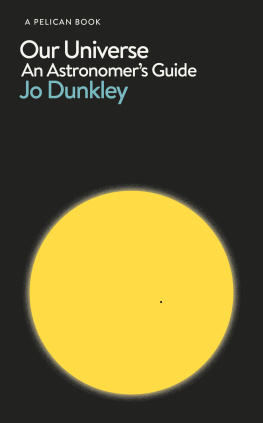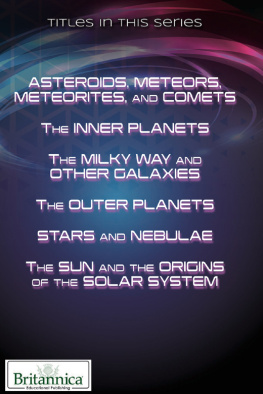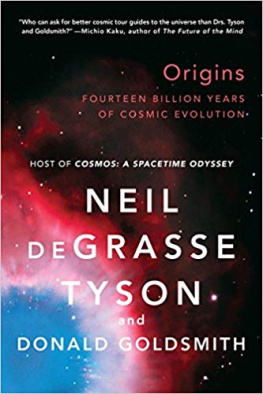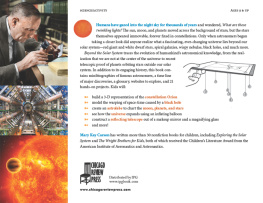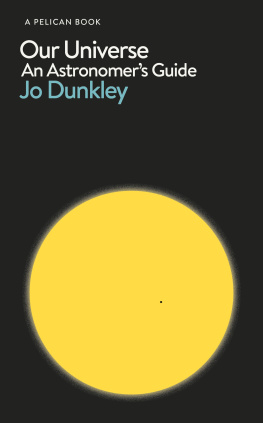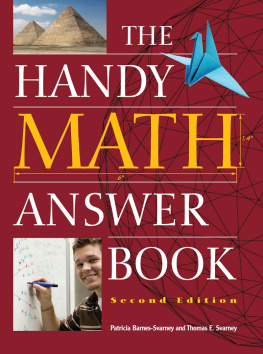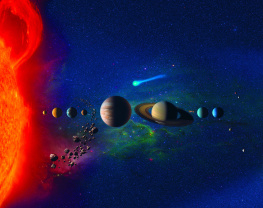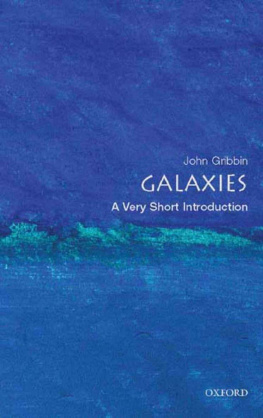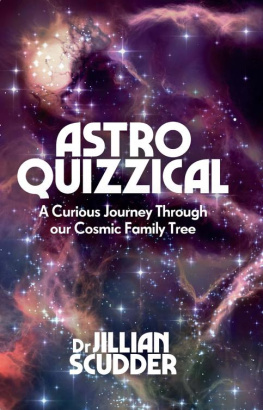PELICAN BOOKS
- Economics: The Users Guide
Ha-Joon Chang - Human Evolution
Robin Dunbar - Revolutionary Russia: 18911991
Orlando Figes - The Domesticated Brain
Bruce Hood - Greek and Roman Political Ideas
Melissa Lane - Classical Literature
Richard Jenkyns - Who Governs Britain?
Anthony King - How to See the World
Nicholas Mirzoeff - The Meaning of Science
Tim Lewens - Social Class in the 21st Century
Mike Savage - The European Union: A Citizens Guide
Chris Bickerton - The Caliphate
Hugh Kennedy - Islam: The Essentials
Tariq Ramadan - Basic Income: And How We Can Make It Happen
Guy Standing - Think Like an Anthropologist
Matthew Engelke - Hermeneutics: Facts and Interpretation in the Age of Information
John D. Caputo - Being Ecological
Timothy Morton - Object-Oriented Ontology: A New Theory of Everything
Graham Harman - Marx and Marxism
Gregory Claeys - The Human Planet: How We Created the Anthropocene
Simon L. Lewis and Mark A. Maslin - Think Again: How to Reason and Argue
Walter Sinnott-Armstrong - Parenting the First Twelve Years: What the Evidence Tells Us
Victoria L. Cooper, Heather Montgomery, Kieron Sheehy - Social Mobility: And Its Enemies
Lee Elliot Major and Stephen Machin - National Populism: The Revolt Against Liberal Democracy
Roger Eatwell and Matthew Goodwin - A Political History of the World
Jonathan Holslag - A Short History of Brexit From Brentry to Backstop
Kevin ORourke - Our Universe: An Astronomers Guide
Jo Dunkley - The Art of Statistics: Learning from Data
David Spiegelhalter - Chinese Thought: From Confucius to Cook Ding
Roel Sterckx - This is Shakespeare
Emma Smith

Introduction
On a clear night the sky above us is strikingly beautiful, filled with stars and lit by the bright and changing Moon. The darker our vantage point, the more stars come into view, numbering from the tens or hundreds into the many thousands. We can pick out the familiar patterns of the constellations and watch them slowly move through the sky as the Earth spins around. The brightest lights we can see in the night sky are planets, changing their positions night by night against the backdrop of the stars. Most of the lights look white, but with our naked eyes we can notice the reddish tint of Mars, and the red glow of stars like Betelgeuse in the Orion constellation. On the clearest nights we can see the swathe of light of the Milky Way and, from the southern hemisphere, two shimmery smudges of the Magellanic Clouds.
Beyond its aesthetic appeal, the night sky has long been a source of wonder and mystery for humans around the world, inspiring questions about what and where the planets and stars are, and how we on Earth fit into the larger picture revealed by the sky above us. Finding out the answers to those questions is the science of astronomy, one of the very oldest sciences, which has been at the heart of philosophical inquiry since ancient Greece. Meaning law of the stars, astronomy is the study of everything that lies outside our Earths atmosphere, and the quest to understand why those things behave the way they do.
Humans have been practising astronomy in some form for millennia, tracking patterns and changes in the night sky and attempting to make some sense of them. For most of human history astronomy has been limited to those objects visible to the naked eye: the Moon, the brightest planets of our Solar System, the nearby stars, and some transient objects like comets. In just the last 400 years humans have been able to use telescopes to look deeper into space, opening up our horizons to studying moons around other planets, stars far dimmer than the naked eye can see, and clouds of gas where stars are born. In the last century our horizon has moved outside our Milky Way galaxy, allowing the discovery and study of a multitude of galaxies that lie beyond our own. And just in the last few decades the technological advances of telescopes, and the cameras they use to capture images, have allowed astronomers to push our astronomical horizon yet further. We can now survey millions of galaxies, study phenomena such as exploding stars, collapsing black holes and colliding galaxies, and find entirely new planets around other stars. In doing so, modern astronomy continues to seek solutions to the age-old questions of how we came to be here on Earth, how we fit into our larger home, what will be the fate of Earth far in the future, and whether there are other planets that could be home to other forms of life.
The earliest known records of astronomy are more than 20,000 years old and take the form of carved bone sticks that track the phases of the Moon, used as ancient calendars in Africa and Europe. Archaeologists have found five-thousand-year-old cave paintings in countries including Ireland, France and India that record unusual events happening in the sky, including eclipses of the Moon and the Sun, and the sudden appearance of bright stars. There are also ancient monuments dating from that time, including Stonehenge in England, that may have been used as astronomical observatories to track the Sun and stars. The earliest written records of astronomy come from the Sumerians and later the Babylonians in Mesopotamia, in current-day Iraq. These include the very first catalogues of the stars, etched into clay tablets in the twelfth century BC . Astronomers were also active in ancient China and Greece by the first few centuries BC .
Though these first astronomers had only their eyes to use as tools, by the first few centuries BC the Babylonians had begun to identify the moving planets, distinguishing them from the fixed backdrop of stars and carefully charting their positions night after night. They began to keep systematic astronomical diaries, which led them to discover regular patterns in the movements of the planets and in the occurrence of particular events in the night sky, including the eclipses of the Moon. Nobody knew quite what those objects and events in the night sky were, but they could make mathematical models that could predict where the planets and the Moon would be seen, night after night.
Despite these considerable advances, great uncertainty remained as to how the heavenly bodies were configured and what they were made of. Which was at the centre of everything: the Earth, or the Sun? The realization that, in fact, neither was that the universe does not have a centre would only come many years later. In the fourth century BC the Greek philosopher Aristotle put forward a model, based on ideas by earlier Greek astronomers and philosophers including Plato, that put the Earth at the centre of the universe. The Sun, Moon, planets and stars were fixed in unchanging and rotating concentric spheres centred on the Earth. Aristotle presumed that the heavens were different to Earth in both composition and behaviour, imagining the celestial spheres to be made of a fifth, transparent element known as the aether.
In the third century BC the Greek astronomer Aristarchus of Samos came up with the alternative suggestion that, in fact, the Sun might be at the centre of everything, and that it was light from the Sun that was illuminating the Moon. This heliocentric, or Sun-centred, model would better explain the observed motion of the planets and the changes in their brightness. Though we know now that this model is accurate, at least for our Solar System, Aristarchus astronomical ideas were rejected during his lifetime, and would take over a thousand years to be accepted. Defenders of geocentrism, favouring an Earth-centred universe, had some apparently strong arguments on their side. For example, if the Earth moves, why do the stars not shift relative to each other as our viewpoint from a moving Earth changes? In fact, they do, but the movement is extremely slight because the stars are so far away. Aristarchus suspected this to be true but had no way to demonstrate it.

